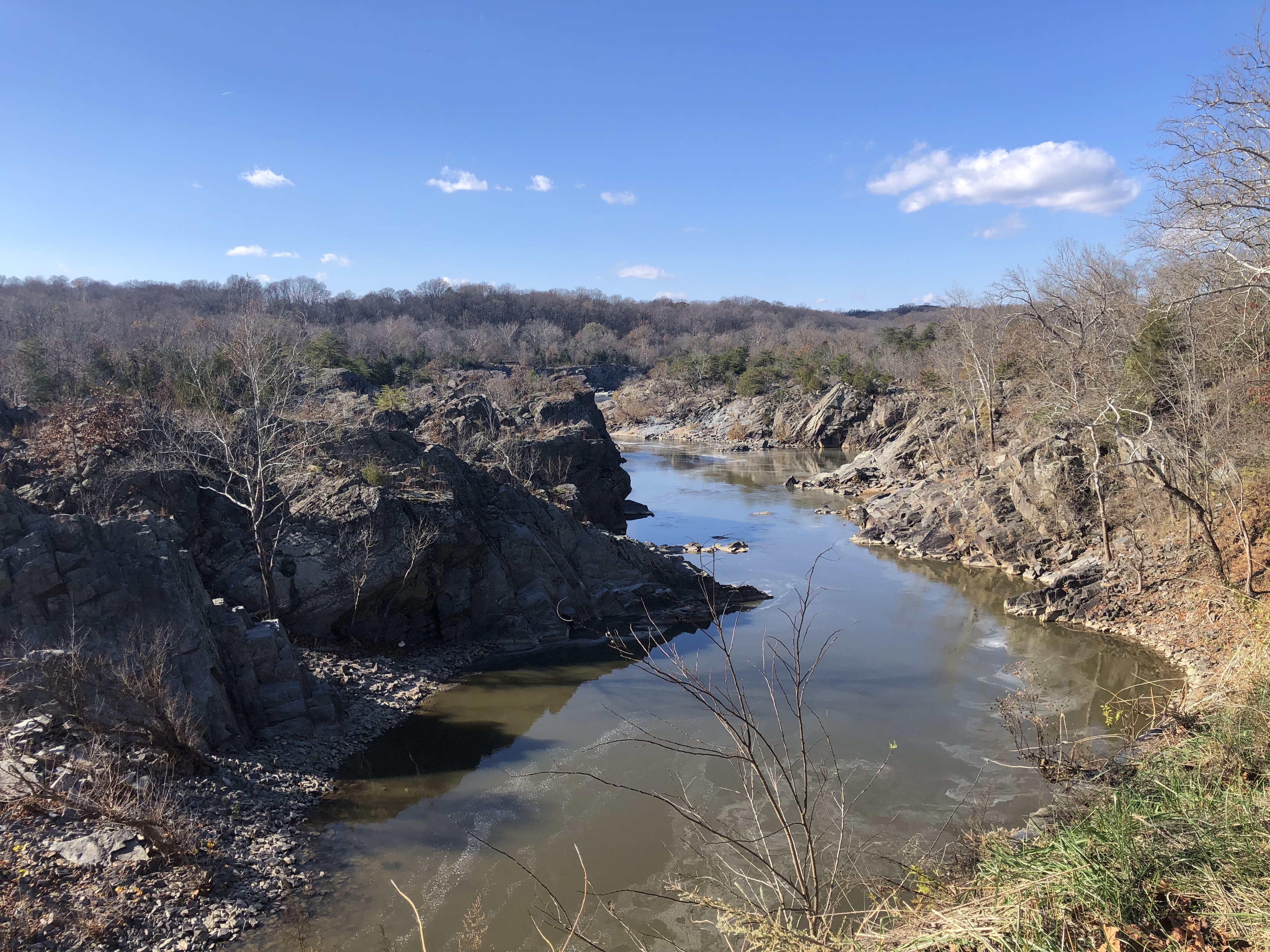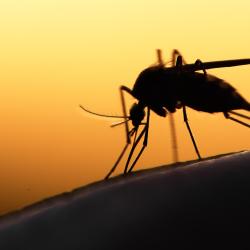Climate Change Is Hurting the Water Quality of Rivers, According to New Scientific Review
University of Maryland Geology Professor Sujay Kaushal, who contributed to this research, has seen the impact on local waterways firsthand.
Climate change and extreme weather are taking a significant toll on rivers around the world, according to a new scientific review of nearly a thousand case studies. Published in the journal Nature Reviews Earth & Environment, the paper showed that droughts, heatwaves, rainstorms, floods and long-term climate change diminished the water quality of rivers in most cases.

As extreme weather events become more frequent and more severe due to climate change, river ecosystems may be increasingly under threat. Rivers are important sources of biodiversity that also provide services to communities, including drinking water, crop irrigation, energy generation and recreational industries that support local economies.
University of Maryland Geology Professor Sujay Kaushal, who co-authored this research, notes that impacts to river water quality are an overlooked but serious consequence of climate change.
“When people think of climate change, they think of impacts like rising temperatures and fires, but there are impacts to water quality, too,” said Kaushal, who holds a joint appointment in UMD’s Earth System Science Interdisciplinary Center. “We see dead zones in rivers and coastal waters, and we see impacts on our drinking water. This affects people so much regionally.”
In their paper, the international team of researchers looked at multiple markers of water quality: temperature; salinity (salt content); dissolved oxygen levels; algal blooms; and concentrations of nutrients, metals, microorganisms, pharmaceuticals and plastics in river water.
In 68% of cases involving droughts and heat waves, the researchers found that river water quality deteriorated. They also noted a decline in 56% of cases involving long-term changes in climate, as well as 51% of cases involving rainstorms and floods.
A variety of factors affect river water quality, including water temperature, the volume of flowing water, the surrounding geography and human impacts such as wastewater runoff and land disturbances. Michelle van Vliet of Utrecht University in the Netherlands, who led this latest research, explained that many of these effects overlap.
“Understanding the complex interplay between climate, land use and human drivers, which together influence the sources and transport of pollutants, is crucial,” van Vliet said.
In many parts of the world, climate change is making water cycles more extreme, leading to heavier floods and more severe droughts. This can increase concentrations of contaminants that originate on land but wind up in rivers via runoff.
“When you have a low-flow year and you have a drought, the concentrations of some contaminants can be increased in rivers because there’s less water to dilute them,” Kaushal explained. “There is an old saying that dilution is the solution to pollution, but it’s far more complex than that.”
For example, the delivery of too much water too quickly can pose problems. Following a drought, a flood can cause the watershed to spew out any contaminants it absorbed. This is what happened to the Potomac River when record-high temperatures caused a drought in 2002, and a flood the following year had downstream impacts on the Chesapeake Bay.

“During the dry years, the watersheds absorbed all this nitrogen like a sponge, which causes the overgrowth of algae because nitrogen acts like a fertilizer,” Kaushal said. “Then, when there were record wet years after the dry years, the watersheds spit it out, and those ‘pulses’ in nitrogen were among the highest that had been reported at that time.”
Excess concentrations of nitrogen can cause health problems in humans and livestock, as well as harmful algal blooms that affect ecosystems. In some cases, warmer river water can increase the toxicity of certain contaminants and hurt species that are vulnerable to temperature fluctuations.
In addition to stressing the need to “disentangle” the many factors that affect rivers, the study’s authors called for more data on water quality worldwide.
“We need a better monitoring of water quality in Africa and Asia,” van Vliet said. “Most water quality studies now focus on rivers and streams in North America and Europe.”
Kaushal believes more water quality research is needed but feels encouraged by the inclusion of these issues in a major scientific journal. He stressed that human interventions—from reducing carbon dioxide emissions to improving stormwater management and land use practices—can help prevent many of the worst potential consequences of climate change on water quality.
“I’m glad that it’s coming into the mainstream, but there’s so much more out there to learn about,” Kaushal said. “It’s not a hopeless thing—how we conserve, protect or develop land can make it responsive to climate change and will make a big difference to our rivers. As a society, we need to think about that.”
###
Their paper, “Global river water quality under climate change and hydroclimatic extremes,” was published in Nature Reviews Earth & Environment on September 12, 2023.
This work was supported by the European Union (ERC Starting Grant, B-WEX, Project 101039426), the Netherlands Scientific Organisation (Award Nos. VI.Vidi.193.019 and 016.Veni.198.001) and The Swedish Research Council Formas (Project No. 2018-00812). This story does not necessarily reflect the views of these organizations.
This article is adapted from text provided by Utrecht University.







